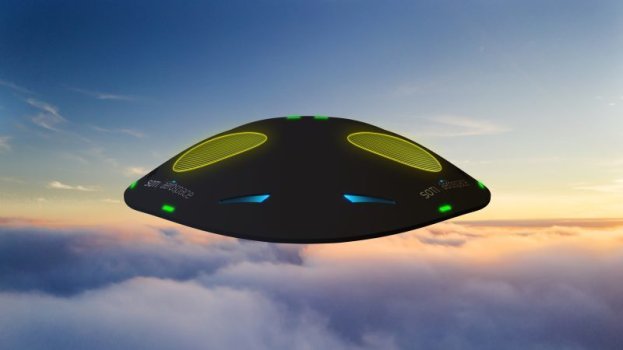K
Kathleen Martin
Guest
News of the world’s first lung transplant via drone delivery conducted recently in Toronto has shone a spotlight on how drone technology can be leveraged in emergency services and law enforcement now and in the future.
What if drones could help police officers see a crime scene before they arrive? What if they could keep out of harm’s way by having a machine take their place as their eyes and ears?
In Canada, there are drones in use by law enforcement already, but the technology still comes at an extremely high price with limited functionality, making it a barrier to widespread adoption.
This is why companies like SOTI made emergency services one of the focuses of its new Aerospace Division. The division, launched last year in collaboration with Ryerson University, was created to research, design and produce drone software and hardware capable of a variety of functions within healthcare and emergency services, as well as warehouse and distribution.
Law enforcement teams across North America are working very closely with technology innovators to secure mobile technology management solutions in order to deploy the mobile devices officers need to operate at peak performance.
As this technology becomes a future reality, here are five uses for drones in law enforcement that could be achievable in the next three to five years.
Chasing suspects: Having a police officer chase a suspect can be dangerous for several reasons; the suspect could be armed, or in the case of a car chase, the chances of an accident are increased when travelling at high velocities and/or in heavily populated areas. By having a drone assist with this role, the element of risk to the officer or bystanders is removed. Drones are also much more effective and faster at tracking, providing officers with an advantage in being able to apprehend a suspect.
Search and rescue: Using drones in search and rescue missions yields two major advantages. In the case of a missing person, using a drone to locate them – especially in treacherous terrain – is a safer and more effective method than putting officers in a potentially dangerous situation. In the case where a person is in a hazardous area, drones can be used to scout and map the location to best prepare officers for the scenario they are about to engage in. Drones can even use an array of sensors to detect factors including motion, heat, weather, or even toxicity levels such as carbon monoxide.
Continue reading: https://www.blueline.ca/what-role-will-drones-play-in-the-future-of-law-enforcement/
What if drones could help police officers see a crime scene before they arrive? What if they could keep out of harm’s way by having a machine take their place as their eyes and ears?
In Canada, there are drones in use by law enforcement already, but the technology still comes at an extremely high price with limited functionality, making it a barrier to widespread adoption.
This is why companies like SOTI made emergency services one of the focuses of its new Aerospace Division. The division, launched last year in collaboration with Ryerson University, was created to research, design and produce drone software and hardware capable of a variety of functions within healthcare and emergency services, as well as warehouse and distribution.
Law enforcement teams across North America are working very closely with technology innovators to secure mobile technology management solutions in order to deploy the mobile devices officers need to operate at peak performance.
As this technology becomes a future reality, here are five uses for drones in law enforcement that could be achievable in the next three to five years.
Chasing suspects: Having a police officer chase a suspect can be dangerous for several reasons; the suspect could be armed, or in the case of a car chase, the chances of an accident are increased when travelling at high velocities and/or in heavily populated areas. By having a drone assist with this role, the element of risk to the officer or bystanders is removed. Drones are also much more effective and faster at tracking, providing officers with an advantage in being able to apprehend a suspect.
Search and rescue: Using drones in search and rescue missions yields two major advantages. In the case of a missing person, using a drone to locate them – especially in treacherous terrain – is a safer and more effective method than putting officers in a potentially dangerous situation. In the case where a person is in a hazardous area, drones can be used to scout and map the location to best prepare officers for the scenario they are about to engage in. Drones can even use an array of sensors to detect factors including motion, heat, weather, or even toxicity levels such as carbon monoxide.
Continue reading: https://www.blueline.ca/what-role-will-drones-play-in-the-future-of-law-enforcement/

